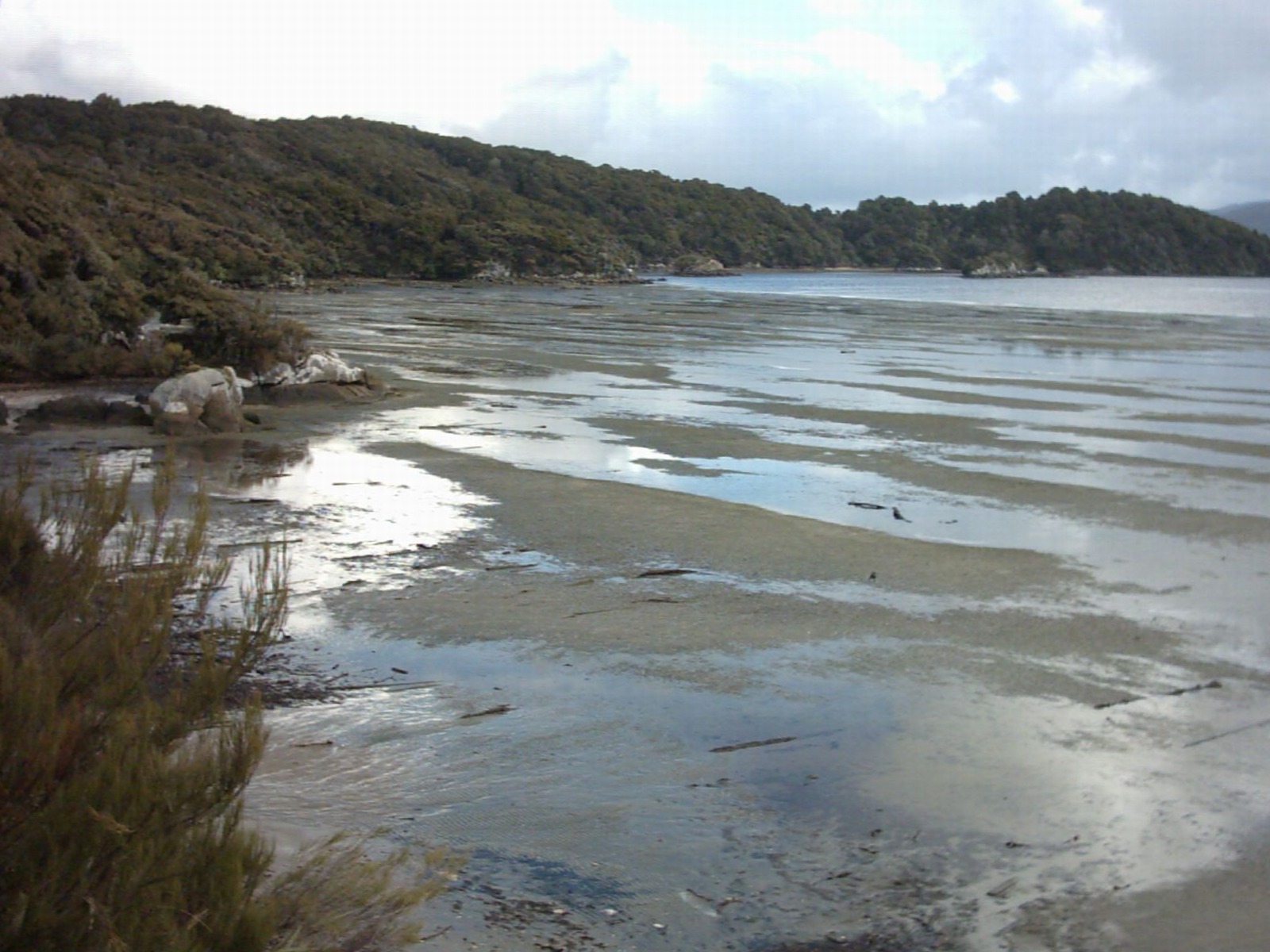Abiotic Factors are the non-living chemical and Physical Factors of an Enviroments. Abiotic factors play a key role in the evolution of species. Changes to these factors have enormous effects on the biotic factors in the habitat.
The delware bay has many abiotic factors such as Mudflats, Marshland and Beaches. Please watch a brief presentation about Mudflats, important abiotic factor:
MudFlats
Marshland
The marshland occupies the area between the water and the land. The Delaware Bay's marshes are tidal salt marshes as they are flooded twice daily by the influx of salt water during high tide. The plants in the marsh are salt tolerant and consist mainly of grasses and small shrubs. Salt marshes are important to the biotic factors of the bay due to their role in the food web and in providing shelter. In the Delaware Bay the majority of species that live there or visit, such as migrating birds, depend on this habitat for food, and many use it as a safe place to breed and allow their young to grow. The Delaware Bay salt marshes are being drastically affected by rising sea levels due to climate change.

Beaches
The sandy stretches of land we call beaches are not just recreational areas but an important habitat. They have unique plant life and are home to many different species of worms, bivalves and crustaceans. Additionally, animals come to visit to both feed on its inhabitants and the algae deposited there by tides and to breed. Beaches are being threatened by overuse and erosion.

